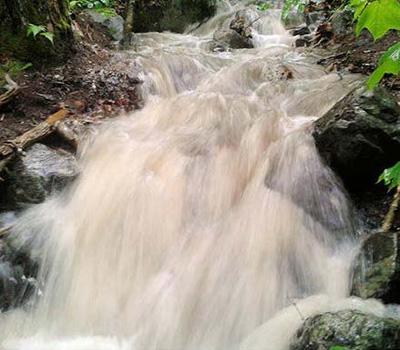Does Changing Atmospheric Deposition of N and S Alter Stream DOM Quality and Flux in Northern Forested Watersheds?

Over the last two decades, concentrations of dissolved organic matter (DOM), also referred to as dissolved organic carbon (DOC), have increased significantly throughout much of the Northern Hemisphere, including the northeastern U.S. Dissolved organic matter is ubiquitous in soil solutions and natural waters; is critical to ecological processes, including soil formation and carbon sequestration; and acts as a vector for stream export of carbon, nitrogen, phosphorus and metals in temperate ecosystems. Changes in DOM movement and characteristics in forest ecosystems are ecologically significant but the consequences of these changes are poorly understood.
The Bear Brook Watershed in Maine and Fernow Experimental Forest in West Virginia provide unique opportunities to directly assess effects of acid deposition, nitrogen enrichment, and recovery from acid deposition. These study sites contain watersheds receiving enhanced acidification with treatments of nitrogen and sulfur (ammonium sulfate) for 22+ years adjacent to watersheds left untreated. NSRC researchers used fluorescence imaging technologies to define changes in DOM between treated and untreated watersheds.
Findings reveal that changes in deposition of nitrogen and sulfur can alter the quality and source of DOM exported to streams and lakes in temperate forested watersheds. Significant differences in DOM characteristics between treated and untreated watersheds confirm that acidity changes alter DOM in northern waters. The changes in DOM demonstrate that changes in air pollution, and indirectly the environmental policies that affect acid and nutrient deposition, have the ability to alter DOM cycling in temperate forested ecosystems.
